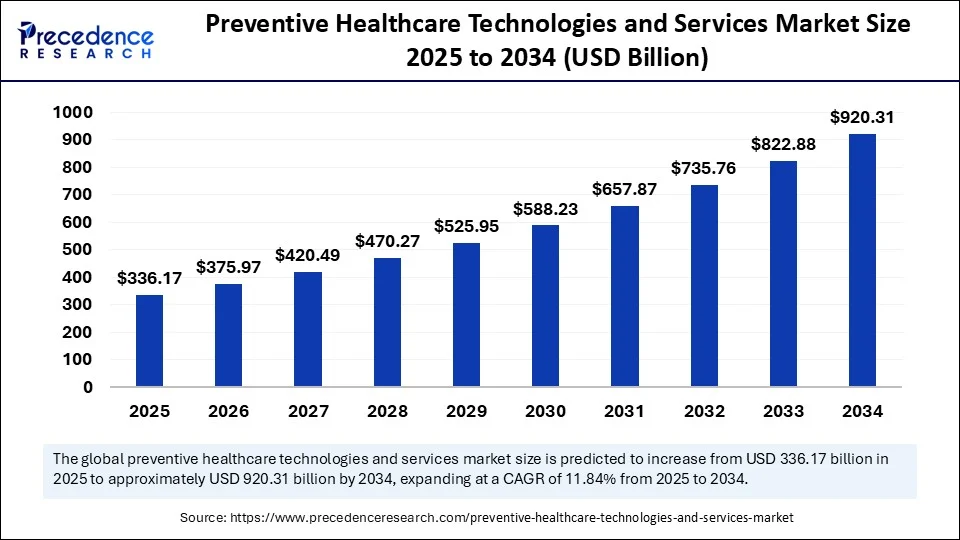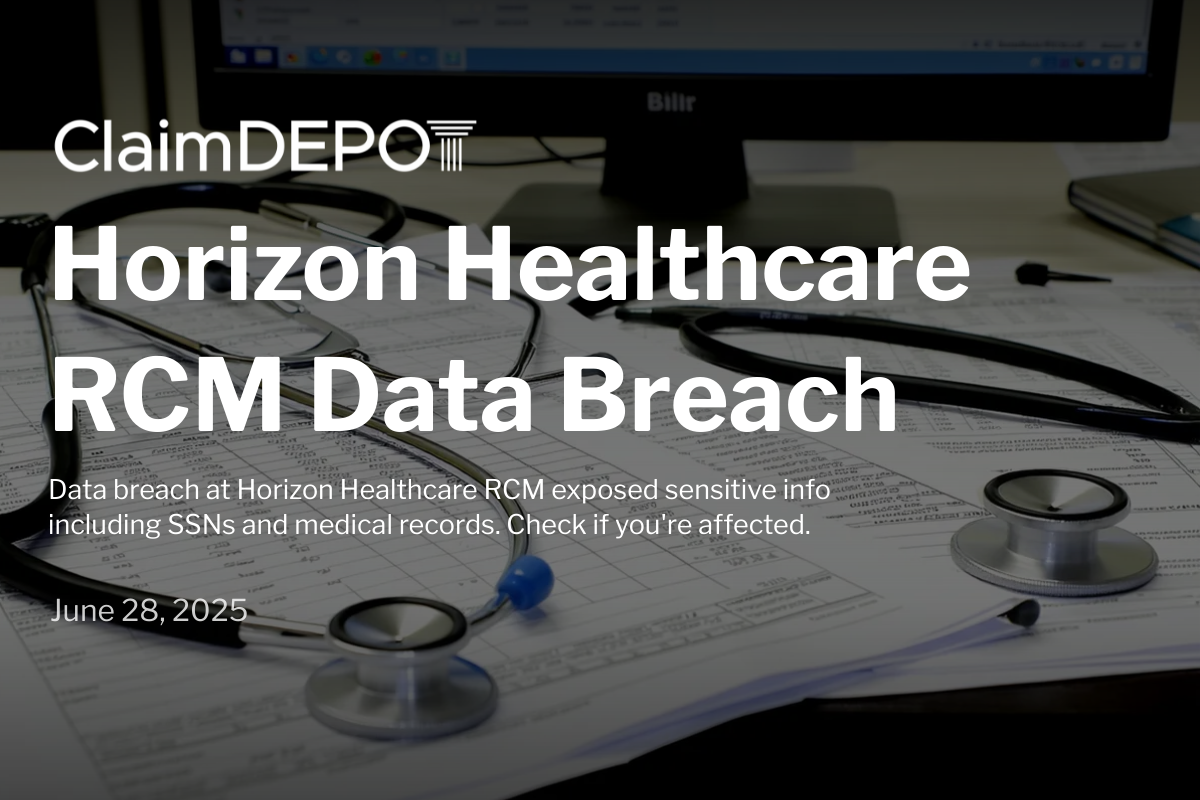
The global preventive healthcare technologies and services market is poised for substantial growth over the next decade, according to market estimates. Valued at approximately USD 300.58 billion in 2024, the market is expected to surge to USD 920.31 billion by 2034. This expansion reflects a strong compound annual growth rate (CAGR) of 11.84%.
Preventive healthcare encompasses a broad range of technologies and services aimed at preventing illnesses and managing health through early detection, screening, immunizations, and lifestyle modifications. The market includes innovations in diagnostic technologies, smart wearable devices, personalized medicine, and mobile health apps, as well as services such as health education and regular health assessments.
Several factors are driving the growth of this sector. Rising healthcare costs and the global shift towards value-based care have encouraged healthcare providers and policymakers to invest more in preventive strategies. Increasing public awareness about the benefits of early disease detection and proactive health management has also played a significant role in boosting demand. Moreover, advancements in digital health technologies and artificial intelligence have improved diagnostic speed and accuracy, further supporting market growth.
Additionally, the COVID-19 pandemic highlighted the importance of preventive healthcare measures, leading governments and organizations to bolster their healthcare infrastructure with a focus on prevention. Growing aging populations worldwide and the prevalence of chronic diseases such as diabetes, cardiovascular disorders, and cancer further underline the need for preventive solutions.
Given the current trends and technological advancements, the preventive healthcare technologies and services industry is set to become a cornerstone of modern healthcare, aiding in early intervention and significantly reducing long-term treatment costs.
Source: https:// – Courtesy of the original publisher.








